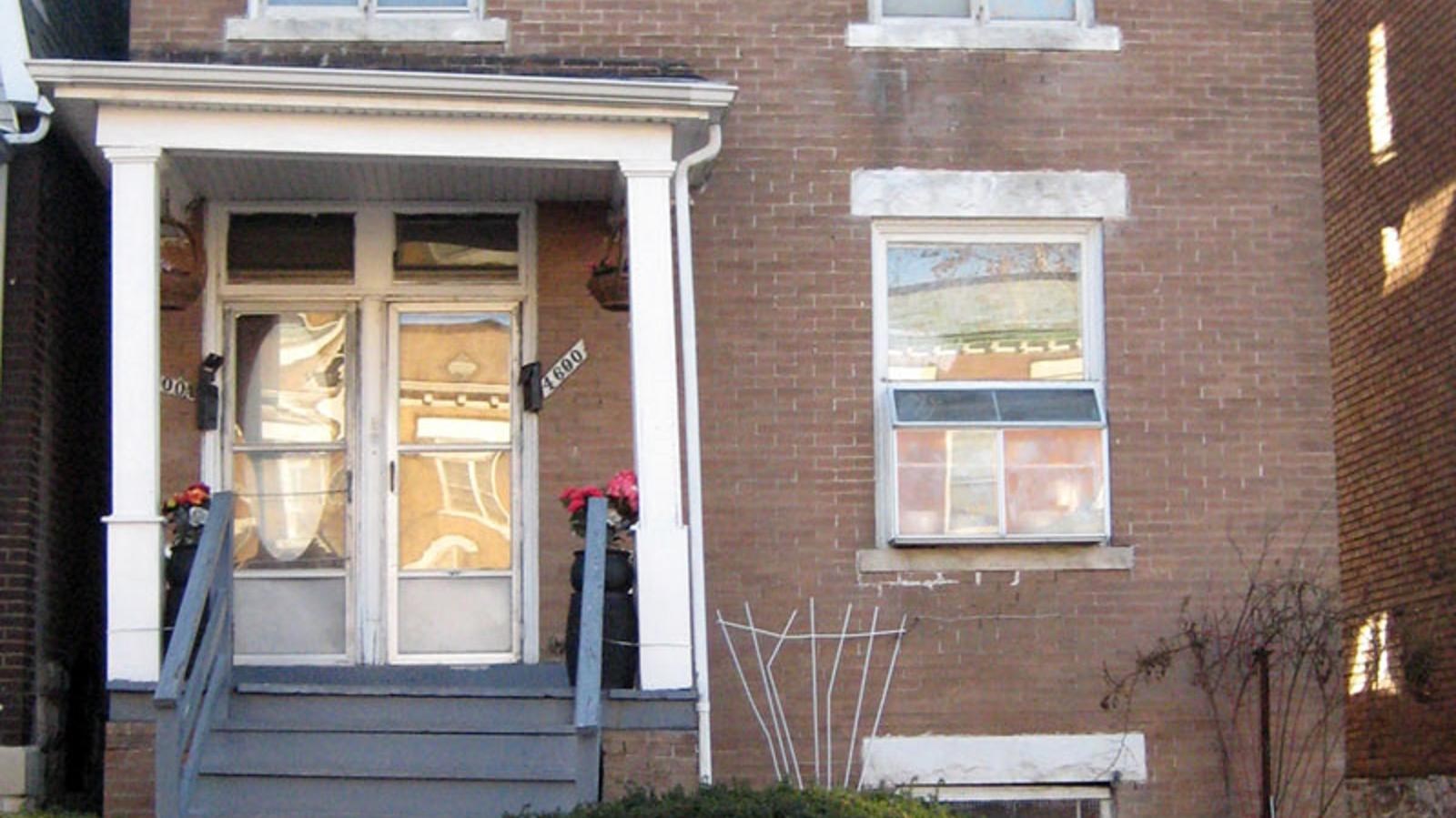Last updated: June 26, 2020
Place
Missouri: The Shelley House

Photo by FrancisNancy, CC BY 3.0, https://commons.wikimedia.org/w/index.php?curid=5616553
This modest, two-story masonry residence built in St. Louis, Missouri in 1906 is associated with an African American family's struggle for justice that had a profound effect on American society. Because the J. D. Shelley family decided to fight for the right to live in the home of their choosing, the United States Supreme Court addressed the issue of restrictive racial covenants in housing in the landmark 1948 case of Shelley v. Kraemer.
In 1930, J. D. Shelley, his wife, and their six children migrated to St. Louis from Mississippi to escape the pervasive racial oppression of the South. For a number of years they lived with relatives and then in rental properties. In looking to buy a home, they found that many buildings in St. Louis were covered by racially restrictive covenants by which the building owners agreed not to sell to anyone other than a Caucasian. The Shelleys directly challenged this discriminatory practice by purchasing such a building at 4600 Labadie Avenue from an owner who agreed not to enforce the racial covenant. Louis D. Kraemer, owner of another property on Labadie covered by restrictive covenants, sued in the St. Louis Circuit (State) Court to enforce the restrictive covenant and prevent the Shelleys from acquiring title to the building. The trial court ruled in the Shelleys' favor in November of 1945, but when Kraemer appealed, the Missouri Supreme Court, on December 9, 1946, reversed the trial court's decision and ordered that the racial covenant be enforced. The Shelleys then appealed to the United States Supreme Court.
On May 3, 1948, the United States Supreme Court rendered its landmark decision in Shelley v. Kraemer, holding, by a vote of 6 to 0 (with three judges not sitting), that racially restrictive covenants cannot be enforced by courts since this would constitute state action denying due process of law in violation of the 14th Amendment to the Constitution. Although the case did not outlaw covenants (only a state's enforcement of the practice), in Shelley v. Kraemer the Supreme Court reinforced strongly the 14th Amendment's guarantee of equal protection of the laws, which includes rights to acquire, enjoy, own, and dispose of property. The Shelley case was a heartening signal for African Americans that positive social change could be achieved through law and the courts.
The Shelley House was chosen for inclusion in the African American Civil Rights Network in May 2019.
The African American Civil Rights Network (AACRN) recognizes the civil rights movement in the United States and the sacrifices made by those who fought against discrimination and segregation. Created by the African American Civil Rights Act of 2017, and coordinated by the National Park Service, the Network tells the stories of the people, places, and events of the U.S. civil rights movement through a collection of public and private elements.
